-the visually creative aspect of image making.
***please refer to the Week 4 Powerpoint Presentation for more examples.
BAD COMPOSITION
a badly composed photo will lesson impact or effect.
MOST COMMON CAUSES OF BAD COMPOSITION:
1. cluttered backgrounds
2. tiny objects, or main subjects in dead center of frame
3. irrelevant space dominating frame
4. background object coming out of ears, heads,etc
5. Unnecessary objects and information inside the frame.
6. DEAD SPACE!!!!
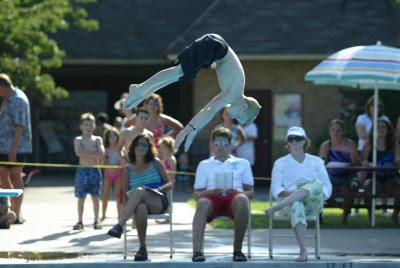
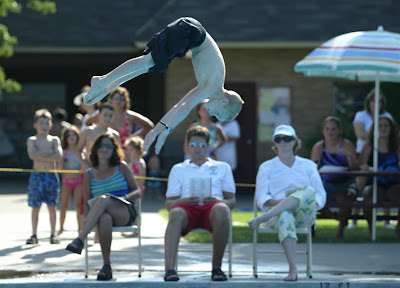 DEAD SPACE
DEAD SPACE-eliminate all clutter and distractions.
-use the image frame or depth-of-field to clean-up images.
-one of the biggest most common problem with photos.
-compose with the camera whenever possible.
-crop the final image when necessary.
Remember, you want your photos to communicate and have optimum impact.
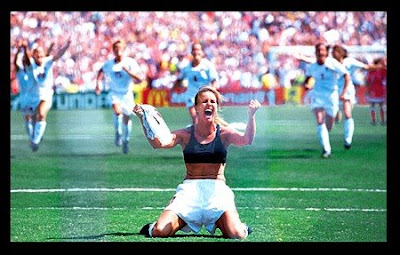
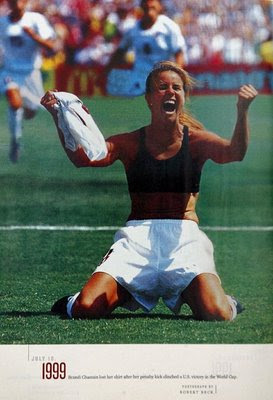
FUNDAMENTALS OF GOOD COMPOSITION
1. Rule of Thirds
a.off center placement of subject
b. center is usually NOT satisfying resting place for eye
c. when subject is centered, viewer is unlikely to explore other areas
d. compose image so there is secondary subject for eye to explore
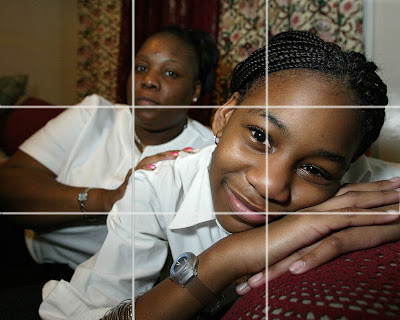
photo by Thomas E. Franklin \ The Record
2. Framing
a. find object in foreground to use as a frame for primary subject
b. framing object should have aesthetic value
ex. doorway, archway, overhanging branches, people, etc
c. frame should compliment subject

photo by Thomas E. Franklin \ The Record

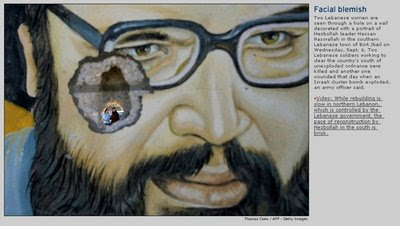
3. Dramatic Sky
a. emphasize skies by placing horizon low in frame, rule of thirds.

photo by Thomas E. Franklin \ The Record
4. Leading Lines
a. find an element that will lead viewer’s eye into the image.
***just because a photo has lines or visual elements in the shape of lines, does not mean the photo is a leading lines image. note the difference.
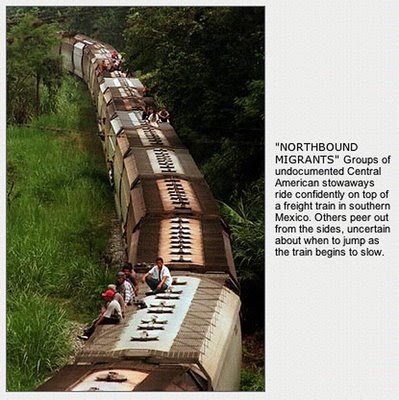
5. Layering
a. Create Depth
b. create foreground, middle ground, background.
c. very effective compositional technique in creating memorable, lasting images, especially when there are multiple layers to attract the eye.
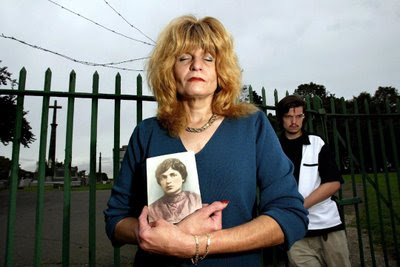
photo by Thomas E. Franklin \ The Record


photos by John Stanmeyer / VII
6. Fill Frame
a. fill the composition with the subject.
b. usually shot with long lens (telephoto).
c. often has immediate impact.
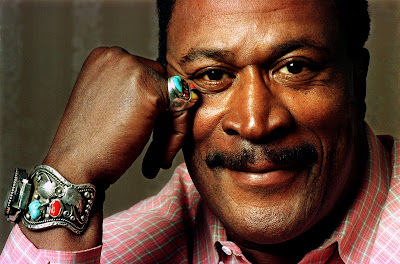
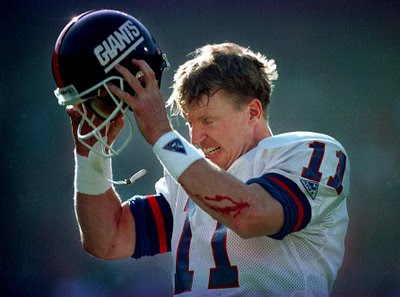
photos by Thomas E. Franklin \ The Record
7. Juxtaposition
a. visually opposing subjects within a photo.
b. often conveying irony, or play between two objects or subjects.
c. one of the most effective and powerful story-telling devices.
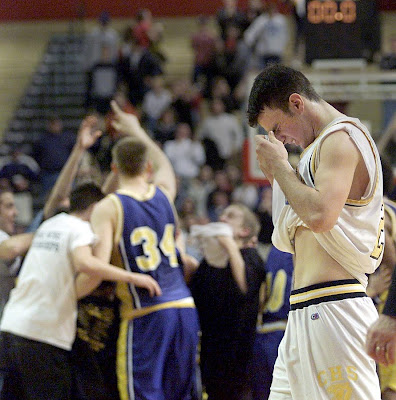
photo by Thomas E. Franklin \ The Record

photo by James Nachtwey \ VII
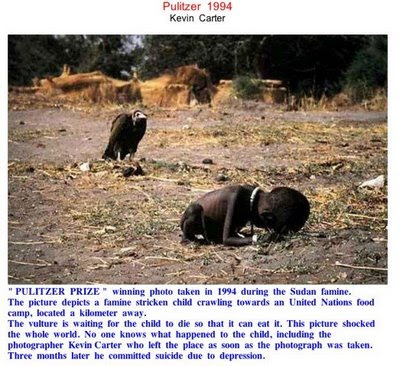
photo by Keith Carter
8.Silhouette
a. view of an object or scene consisting of the outline and a featureless interior.
b. dark subject, often in complete shadow, in front of a light background.
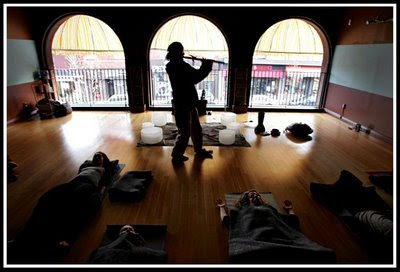

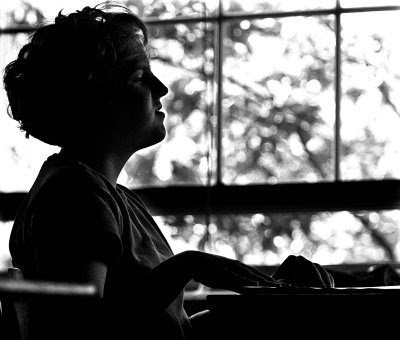
photos by Thomas E. Franklin \ The Record